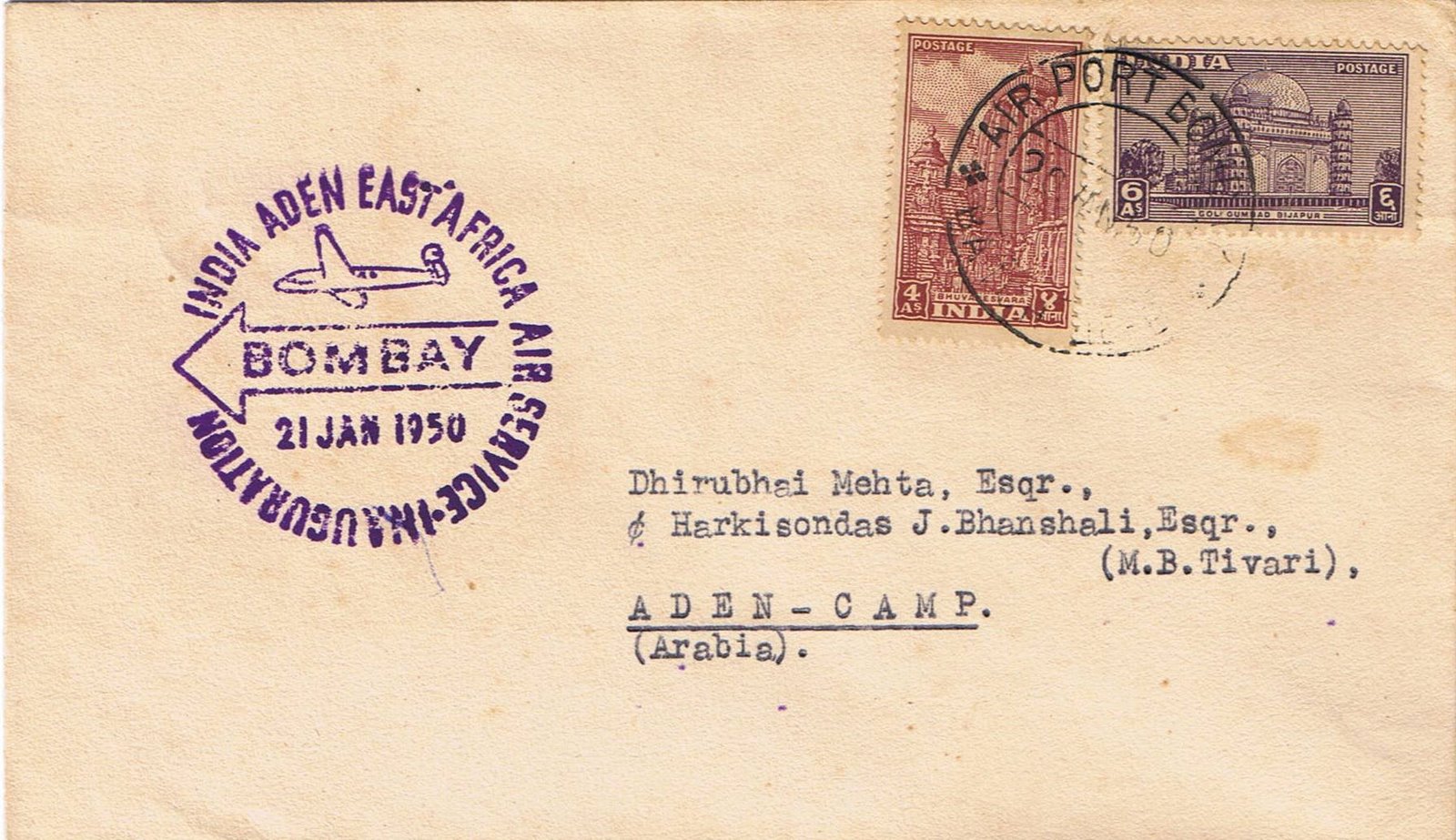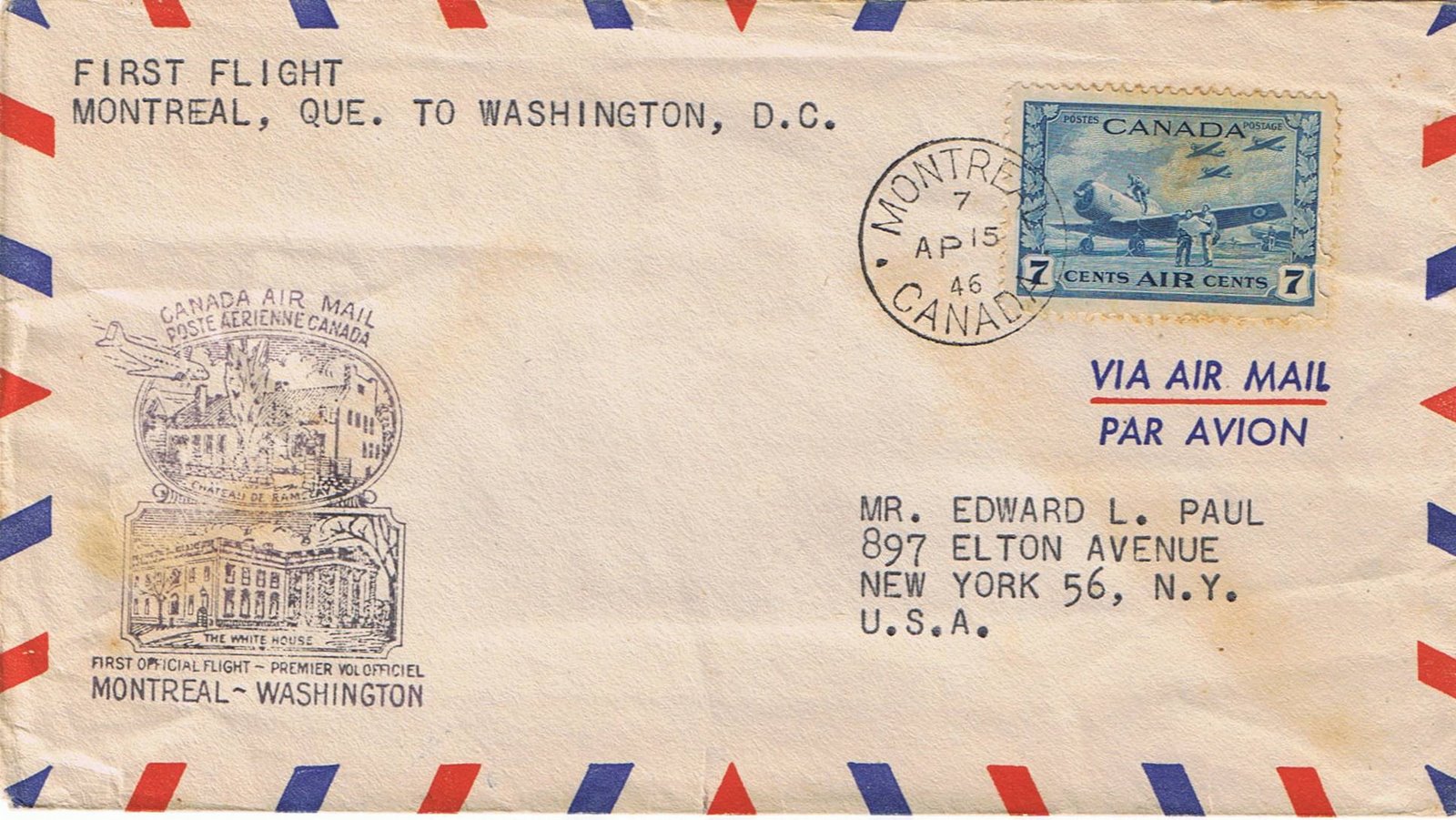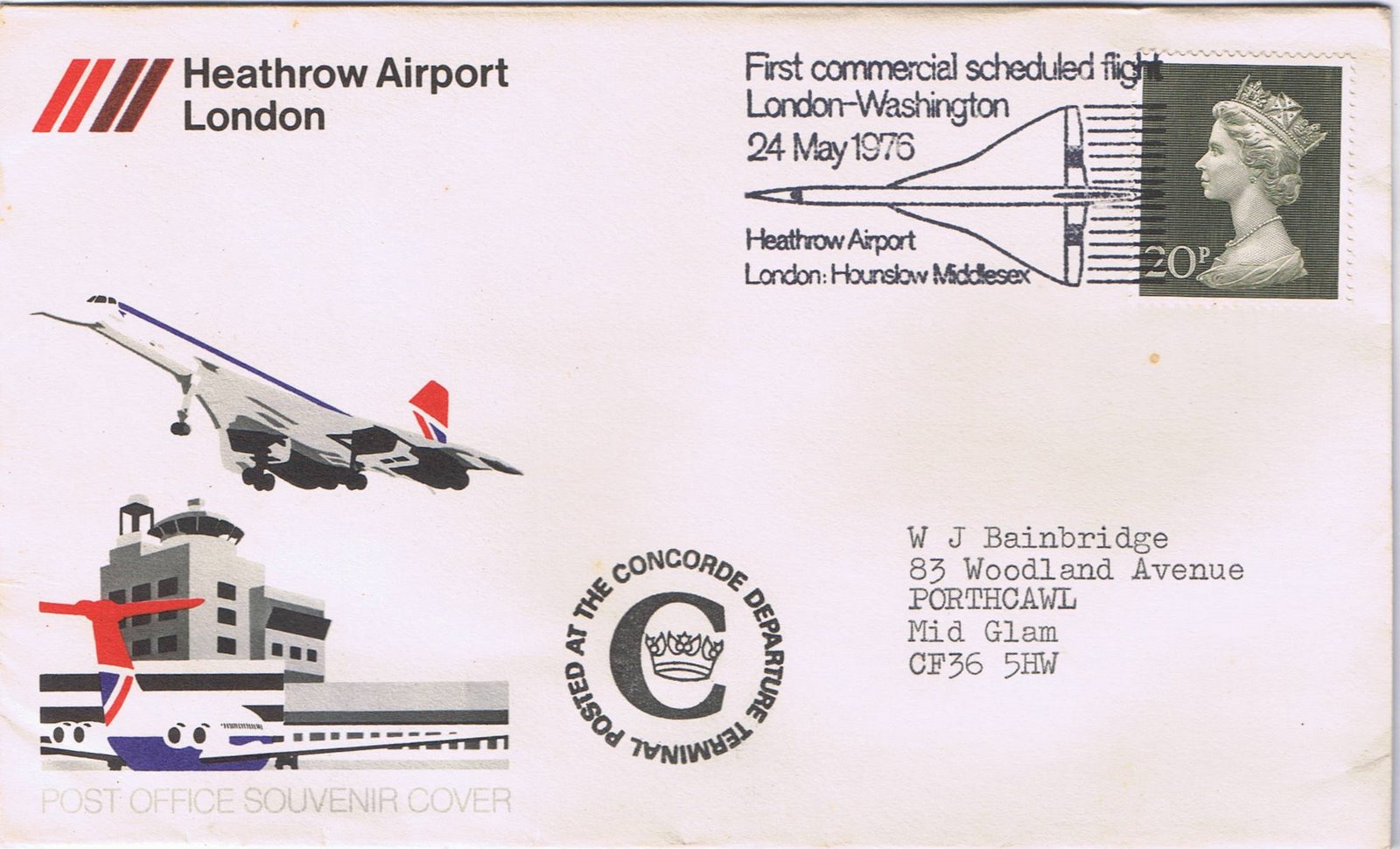The Zeppelin companies based in Friedrichshafen, Germany, numbered their aircraft LZ1, 2 ..., with LZ standing for "Luftschiff [airship] Zeppelin". Airships used for civilian purposes were usually given a name.
Military airships, on the other hand, were given "tactical numbering":
The German Army called its first Zeppelins Z I, II ... . During World War I they switched to using the LZ numbers, later adding 30 to obscure the total production.
The German Navy Zeppelins were labeled L 1,2 ....
LZ11 - "Viktoria Luise" first flew on 19th February, 1912
LZ 11 transported 9783 passengers in 489 flights, traveling 54,312 km. Was taken over by the German military after outbreak of World War and used as a training airship and renumbered LZ III. It broke apart while being hauled into its hangar on 1st October ,1915.
LZ 13 "Hansa" over Heligoland, first flew on 30th July, 1912.
LZ 13 "Hansa" made 399 flights, flew 44,437 km, made the first regular flight outside Germany, commanded by Count Zeppelin, on a visit to Denmark and Sweden on 19 September 1912. It was taken over by German military at outbreak of World War I and was decommissioned in summer 1916.
LZ 15 was destroyed within two months of its first flight.
LZ 16 was taken over by the military and renumbered Z IV. It performed some reconnaissance missions during World War I and attempted bombing of Warsaw and Lyck.. Later used as a training ship from 1915
LZ 17 "Sachsen" first flew on 3rd May, 1913
LZ 13 transported 9837 passengers in 419 flights, traveled 39,919 km, It was taken over by German military at the outbreak of World War I in 1914. This was Captain Lehmann's first command; it was fitted with bomb racks and bomb drop station, together with an improved radio room, machine guns in the cars below and a gunners nest on top of the tail. In its first attack on Antwerp it carried 1,800 pounds (820 kg) of bombs and spent 12 hours in the air. It was Decommissioned in autumn of 1916 .
8 more airships were built till the World War I broke out and were all taken over by the military.
Zeppelins were used as bombers during World War I. At the beginning of the conflict the German command had high hopes for the craft, as they appeared to have compelling advantages over contemporary aircraft – they were almost as fast, carried many more guns, and had a greater bomb-load and enormously greater range and endurance. However, their great weakness was their vulnerability to incendiary ammunition.
The German airships were operated by both the Army and Navy as two entirely separate divisions. The Naval and Army Air Services also directed a number of strategic raids against Britain, leading the way in bombing techniques and also forcing the British to bolster their anti-aircraft defenses. The nighttime raids were intended to target only military sites on the east coast and around the Thames estuary, but after blackouts became widespread, many bombs fell at random on East Anglia.
A total of 84 Zeppelins were built during the war. Over 60 were lost, roughly evenly divided between accident and enemy action. 51 raids had been undertaken, in which 5,806 bombs were dropped, killing 557 people and injuring 1,358 while causing damages estimated at £1.5 million. It has been argued the raids were effective far beyond material damage in diverting and hampering wartime production, and diverting 12 fighter squadrons and over 10,000 personnel to air defenses.
The German defeat in the war also marked the end of German military dirigibles, as the victorious Allies demanded a complete disarmament of German air forces and delivery of the remaining airships as reparations.
Zeppelin technology improved considerably as a result of the increasing demands of warfare. Count von Zeppelin died in 1917, before the end of the war. Dr. Hugo Eckener, a man who had long envisioned dirigibles as vessels of peace rather than of war, took command of the Zeppelin business. The Zeppelin company and DELAG hoped to resume civilian flights quickly.
LZ 120 "Bodensee" first flew 20th August, 1919
Two small Zeppelins were built, LZ 120 Bodensee, which first flew in August 1919 and in the following two years actually transported some 4,000 passengers; and LZ 121 Nordstern, which was envisaged being used on a regular route to Stockholm.
However, in 1921, the Allied Powers demanded these two Zeppelins be delivered as war reparations. This temporarily halted German Zeppelin aviation industry.
My next post will be about the Graf Zeppelin LZ 127 the most famous airship of all time.























































